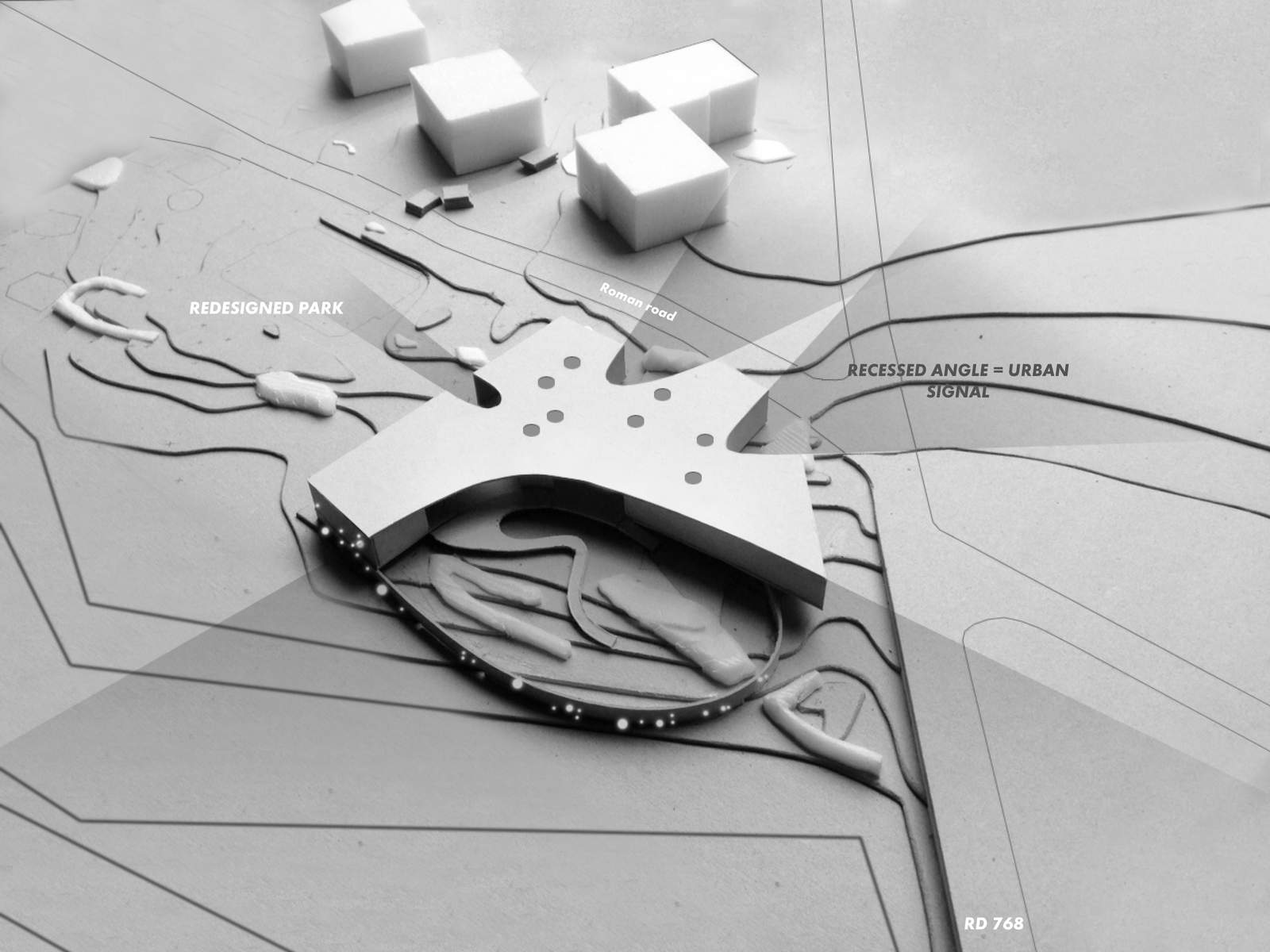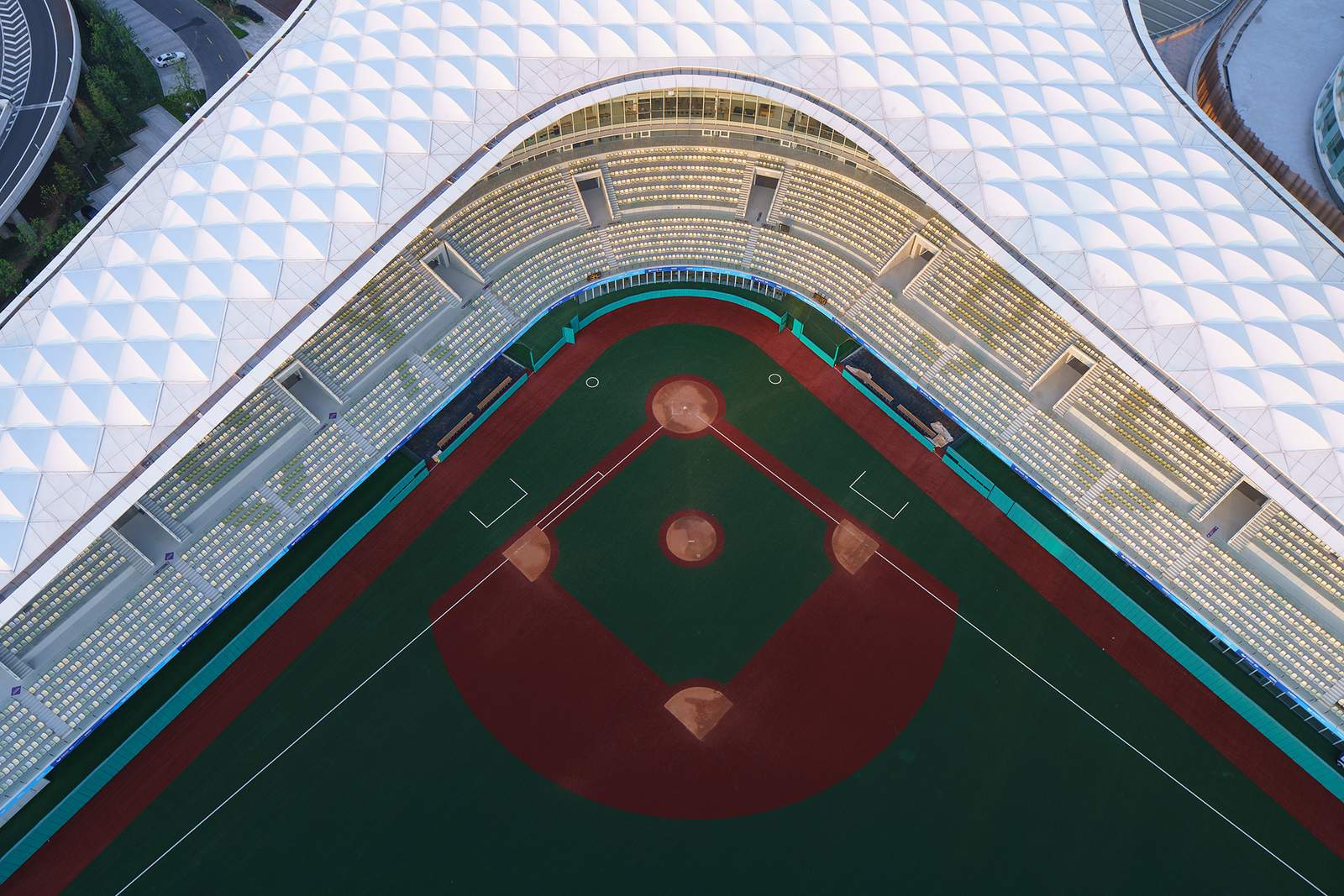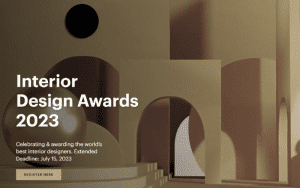Architizer’s new image-heavy daily newsletter, The Plug, is easy on the eyes, giving readers a quick jolt of inspiration to supercharge their days. Plug in to the latest design discussions by subscribing.
Form-finding in architecture is a broad discipline, with each architect approaching it in a wholly unique way. Form finding is a personal process and an undertaking steeped in individual preferences and subjective opinions, with preferred style and singular values often, but not always, being at the core of the decision-making.
The beauty of form finding is that hands-on idea generation, scientific analysis, rigorous testing and adopting new technologies are all valid approaches to the common objective; no particular methodology is more valuable than the other. This truth explains why the extensive range of buildings we know and love are so diverse and equally as successful as their counterparts.
Three core categories are the pillars of this process: physically-driven, analytical and hybrid form-finding. Each category has, in its own way, played a part in how our world looks today, and under immense technological advancement currently taking place, they are rapidly influencing how it will look in the future.
Physically-Driven Form-Finding


Animu Media Library by Dominique Coulon & Associés, Porto-Vecchio, France. Photograph by Eugeni Pons
Physically driven methods are primarily concerned with optimizing the structural properties of architectural forms. By employing various simulation tools, both in real life and computational, we can understand the structural behavior of materials and forces and use the knowledge to influence our designs. These physically driven techniques use data and analysis to help us refine a design’s performance in areas like stability, safety and load-bearing capacity to achieve a harmonious, creative and stable structure.
There are a number of physically-driven form-finding techniques. One of the oldest and most prominent is physical modeling. While often time-consuming, building “real life” models remains an essential tool in form-finding for architects, especially for those who prefer a more hands-on approach. 3D printing and laser cutting technologies have changed the way many architects approach this method making it quicker and easier to see the benefits of this form-finding technique.
Beyond providing a somewhat accurate representation of a structure, physical models help deliver tangible and tactile feedback to creatives, allowing designers and clients to better understand the relationship between the structure, its scale and its components.

Aside from physical models, computer simulation is a highly effective physically driven form-finding tool. Computer simulation enables the recreation of forces and loads on a building structure, predicting how the design elements will interact in ways that can’t be specified on paper.
Compliance, efficiency and precision are the key benefits of computer simulation. Software tests designs in the early form-finding stages for structural integrity, ensuring that all critical aspects of the structure comply with the required standards, codes and regulations while providing insights into reducing overall material usage and the understanding of energy performance.


The Indonesian Culture, Tourism, Commerce Exhibition Center of National Bamboo by Studio WNA, Nansha District, Guangzhou, China. Photograph by Zhao Yang/Satria Lui
Thirdly, similarly to computer simulation, and often using some of the same methods, structurally informed form-finding compiles data on structural performance by examining the behavior and character of materials under theoretical conditions, employing a “what if?” approach. By exploring a vast range of eventualities and delivering an informed view of options to the designers. Being structurally informed can quickly determine which materials are best suited to the desired form. This type of form-finding has become key in creating structures with ultra-complex and unique geometries by reducing risk and exploring new materials. The results are often astounding and incredibly high-performance structures.
Physically driven techniques’ strength lies in their ability to find optimal and sustainable forms by combining digital technologies with the architect’s knowledge and creativity.
Analytical Form-Finding


The Pavilion at the Hospital of the University of Pennsylvania by HDR, Philadelphia, Pennsylvania | Photos by Dan Schwalm
On the other hand, analytical form-finding techniques generate form explicitly through computational algorithms and increasingly intelligent software that can freely manipulate geometries within defined parameters without necessarily needing a base form or direction to begin with.
Analytical form-finding techniques provide a mathematical and quantitative approach to design, depending on data inputs, such as dimensions, shape, angles, curvature or any other data variable you can think of. One of the significant benefits of analytical techniques is flexibility. Designers can quickly make changes to the proposal, visualize the results and adjust them repeatedly. Moreover, analytical methods can lead to increased design creativity by enabling the exploration of many design solutions that all adhere to the specific requirements of the brief or site.


The Hangzhou Asian Games Baseball and Softball Sports Cultural Center by The Architectural Design & Research Institute of Zhejiang University.(UAD), Shaoxing, China | Photos by Qiang Zhao.
The first analytical form-fining method is known as generative form-finding — an approach that is being advanced rapidly by AI. At its core, the technique employs algorithms and computational tools to generate design options based on specific parameters or constraints that are predetermined by the architect. This method transcends the traditional design process, proposing a wide range of aesthetic options based on the same constraints. By working in this way, the performance aspect of the structure can be given much more focus. The benefits range from achieving performative design objectives to streamlining design processes. While its unlikely to produce any unique show stoppers, current advancements in the technology permit generative form-finding the potential for innovation in the less innovative areas of architecture, for example large scale housing developers, by suggesting unexpected and imaginative forms that are optimized for performance, energy efficiency and sustainability.
Probably one of the most well-known form-finding techniques, thanks to its popularity with some of the world’s most famous architects (looking at you, Gaudí), parametric form-finding is another technique that has grown exponentially through the digital age.
Utilizing software to create dynamic models that can be manipulated based on specific inputs and parameters, this approach empowers architects to play, adapt and explore — simply adjusting parameters to change a structure to meet a set goal effortlessly. The advantages of parametric design in architecture are significant and well known, from creating complex and unique fluid designs to reducing construction time and material waste. It’s a tool that, when used appropriately, showcases the very best of functionality and aesthetic creativity.


Building of Music by Aisaka Architects’ Atelier, Tokyo, Japan | Photos by Shigeo Ogawa
While both generative form-finding and parametric form-finding straddle the boundary of creative exploration and design efficiency, rule-based form-finding exists for the times when the rules are just that, rules that must be adhered to. It is especially useful when designs must conform to guidelines, codes, regulations or site-specific compliances. By consistently following the predefined parameters of the project, rule-based form-finding offers a strict approach, allowing for no deviation yet enabling architects to comfortably generate alternatives. By developing multiple optimized design options that all meet the set criteria, rule-based form-finding dramatically reduces errors during the design process.
Hybrid Form-Finding


Hovering Kan-Too – Great Bay Area Center Showroom by Wutopia Lab, Guangdong Province, China. Images by CreatAR Images
Finally, hybrid techniques represent a sophisticated approach to form finding in architecture, merging the strengths of both analytical and physically driven techniques. Integrating data-driven designs with analytical insights offers a pathway to increased design creativity, structural optimization, and functionality. Evolutionary algorithms, in particular, stand out as a powerful tool within this hybrid framework.
Evolutionary algorithms utilize computational methods to generate and refine design solutions through iterative feedback loops. Beginning with an initial set of design options, these algorithms subject the designs to continuous adaptations and mutations, analyzing each result until an optimal solution is reached. The efficiency of this iterative process allows architects to explore a wide array of design possibilities without the constraints of manual effort. Whether dealing with complex design parameters or aiming to incorporate unique and organic geometric forms, evolutionary algorithms offer flexibility and effectiveness that exceed traditional models.
The extensive set of analysis tools these algorithms provide enables architects to evaluate solutions based on multiple factors, including visual impact, structural integrity, sustainability, and performance. Evolutionary algorithms are fast becoming an invaluable asset in the complex and demanding landscape of modern architecture and the world we live in.
Architizer’s new image-heavy daily newsletter, The Plug, is easy on the eyes, giving readers a quick jolt of inspiration to supercharge their days. Plug in to the latest design discussions by subscribing.



